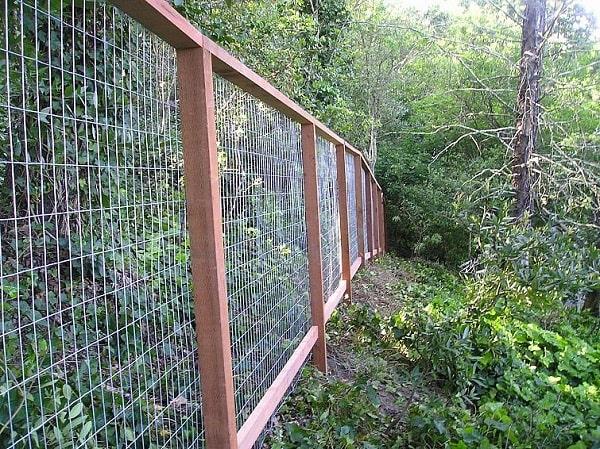Deer can be a significant threat to your garden, as they can eat and trample on your plants, leaving you with nothing to harvest. One effective way to protect your garden from deer is by installing a deer fence. However, if you’re new to gardening or have never installed a fence before, the process can be overwhelming. Here’s a beginner’s guide to garden deer fences to help you get started.
Assess Your Needs
Before you start installing a deer fence, it’s important to assess your needs. Determine the size of your garden, the number of deer in your area, and the types of plants you want to protect. This information will help you choose the right type of deer fence for your needs.
Choose the Right Fence Material
There are different types of materials to choose from when it comes to deer fencing. You can choose from polypropylene mesh, woven wire, metal, plastic, or wood. The choice of fence material depends on your budget, the type of deer in your area, and the size of your garden. Metal and woven wire are the most durable and offer the most protection, while plastic and polypropylene mesh are more affordable.
Determine the Height of the Fence
The height of the fence is critical to its effectiveness. Deer can jump high, so the fence should be at least 8 feet tall. If you have a larger garden or a higher deer population, you may need to install a fence that is 10 feet tall or more. The fence should be tall enough to prevent deer from jumping over it and should be buried at least 6 inches into the ground to prevent deer from digging under it.
Install the Fence Properly
Proper installation of the fence is important for its effectiveness. Start by clearing the area where you want to install the fence. This includes removing any plants, rocks, or debris that could interfere with the installation. Measure the area and mark where you want to install the fence posts. Dig holes for the posts, and install them using concrete or gravel to secure them in place. Attach the fence material to the posts, making sure it is taut and secure.
Consider Additional Deterrents
A deer fence is an effective barrier against deer, but it’s not foolproof. Deer can still try to find a way to get into your garden, especially if they’re hungry. Consider adding additional deterrents, such as noise-makers or a motion-activated sprinkler system. These can help keep deer away from your garden and prevent them from trying to breach the fence.
Conclusion
Deer fencing is an effective way to protect your garden from deer. By assessing your needs, choosing the right fence material, determining the height of the fence, installing it properly, and considering additional deterrents, you can create a barrier that will keep deer out of your garden and help you to have a successful harvest. With the right fence in place, you can enjoy your garden without worrying about the threat of deer damage.




